Reimagining Mycology: Behind the Concept of Fungal Architects
Macro mushroom photography meets design - a creative journey into the textures and intelligence of fungi
For the past few months, I’ve been taking an online photography course. As the semester wrapped up, a final project was to design an eight-page layout featuring our own work. I’ve been sitting on a growing archive of fungi photos from over the years, and this assignment felt like the perfect excuse to finally bring them together.
But I didn’t want to create just another field guide that’s something overly scientific or packed with Latin names and dry descriptions. I wanted to make something that felt alive: a visual experience that highlights the mushrooms themselves and also the intricate microtextures and strange morphologies that make them so unique.
The idea began with an image that’s been in my mind - a large eye peering through a hole, gazing at something tiny in the foreground. Then I thought: what if I reversed that perspective? What if the gaze came not from a human observer, but from the unseen textures and morphologies of the fungi themselves, as if nature were looking back?
That became the concept for Fungal Architects: Macro Mushroom Photography of Malaysia’s Rainforests. The series explores the often-overlooked world of fungi through macro photography, focusing on rare species from Malaysia’s rainforests.
Each image pairs the morphology of a single species with an expanded, close-up texture of itself to create a dialogue between the minute and the monumental.
Technically, each composition is a blend of at least two of my own photographs. The base layer grounds the image spatially, while additional layers that are focus-stacked enhance depth and texture. The result is a kind of visual amplification.
What I hope Fungal Architects does is bridge science and art by turning natural observation into visual storytelling. Instead of treating fungi as clinical specimens, I wanted to reveal them as the incredible architects of form and texture that they are.
The “mycography” space often leans toward a predictable aesthetic - single mushrooms in shallow depth of field, or macro shots that, despite technical polish, can feel a bit flat. I wanted to push beyond that.
I’d like to develop a style that brings together scientific curiosity and artistic interpretation - something that showcases the strangeness, beauty, and intelligence of the fungal world.
My hope is to expand this concept into a full book - one that invites readers to look closer and see how the forest builds itself. If interested, I’d love for you to reach out so I can add you to a shortlist for early updates once the book is complete. And if you know others who might be into this kind of stuff, feel free to share this post or the Myconeer Substack with them.



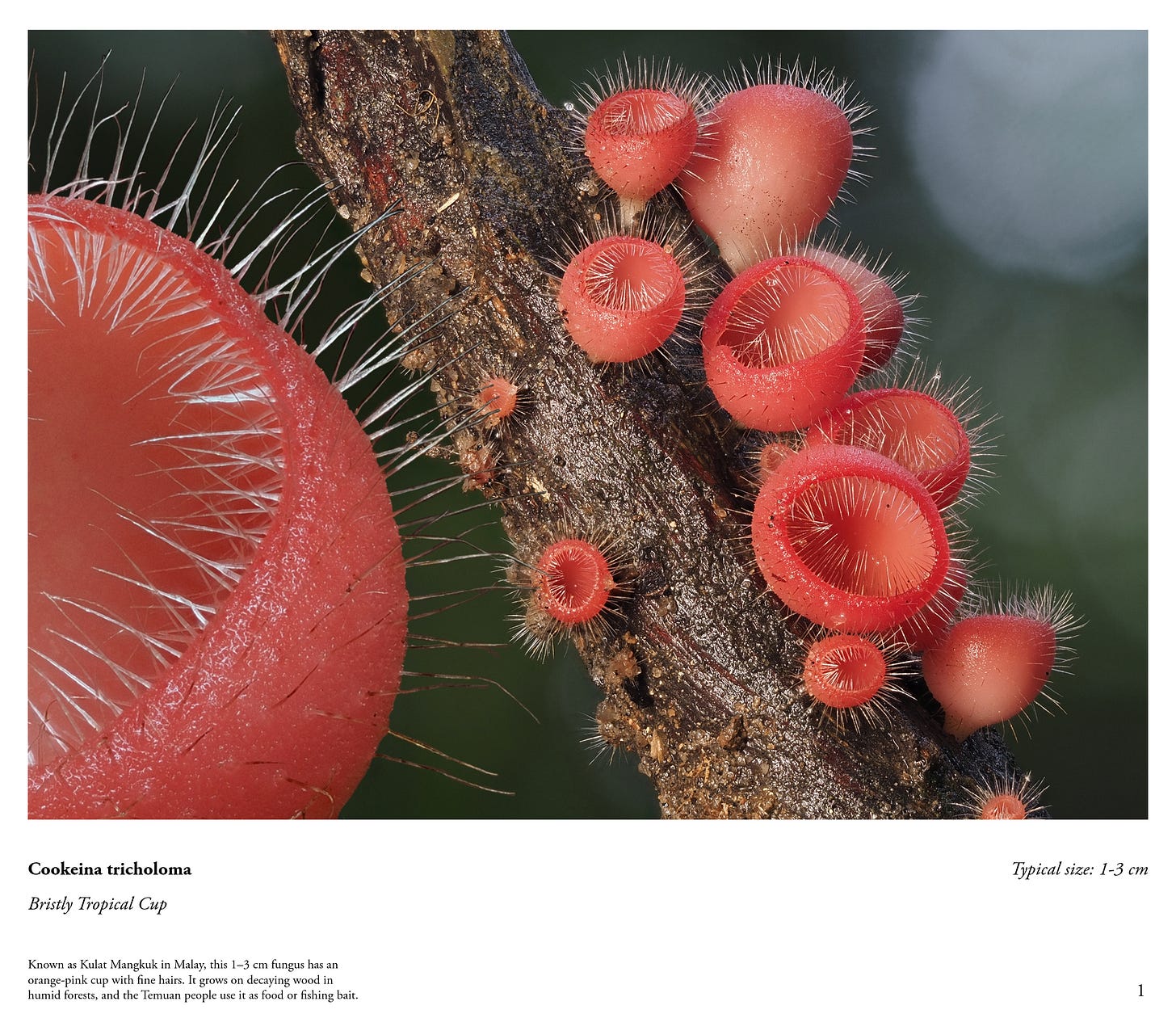

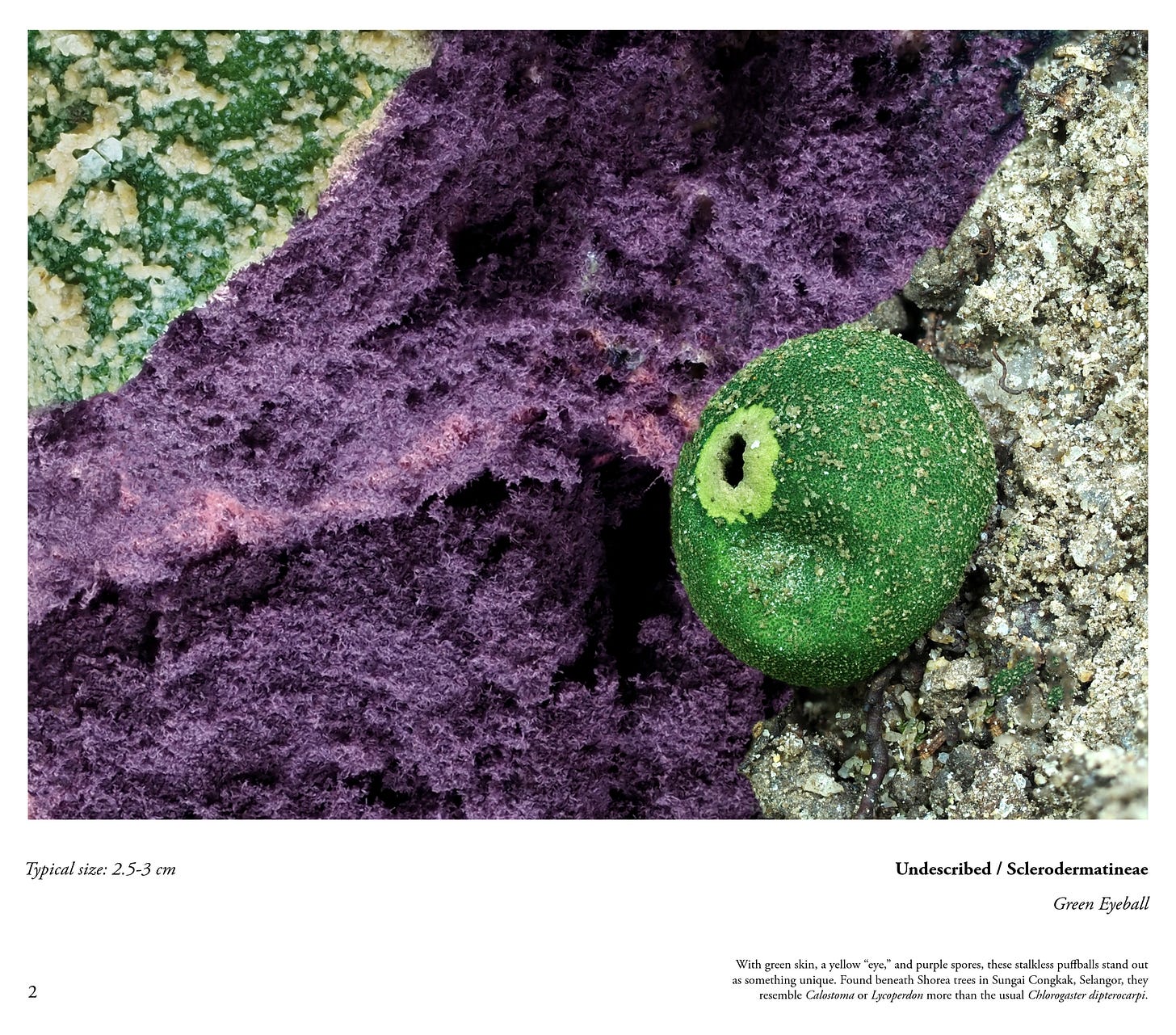
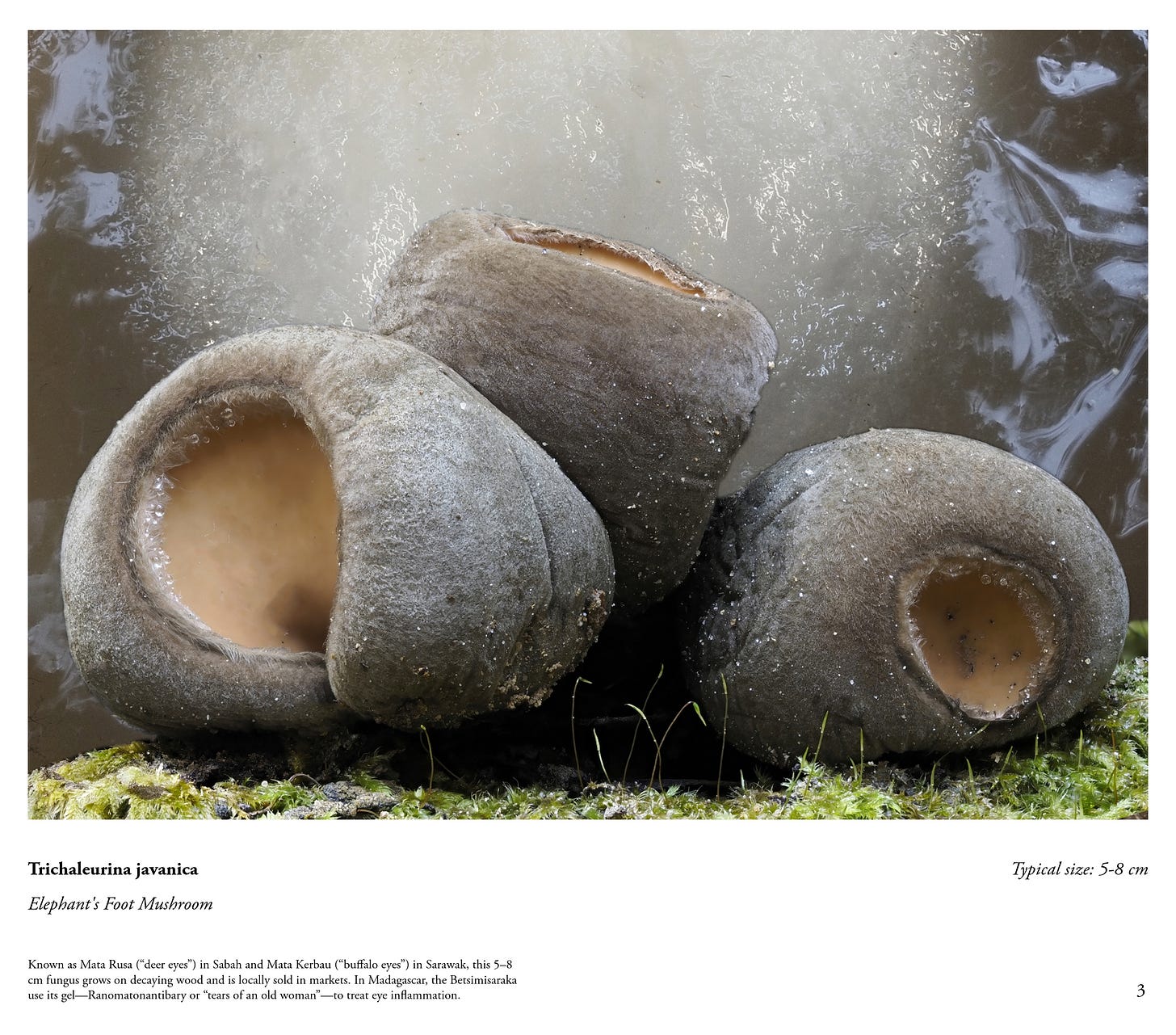
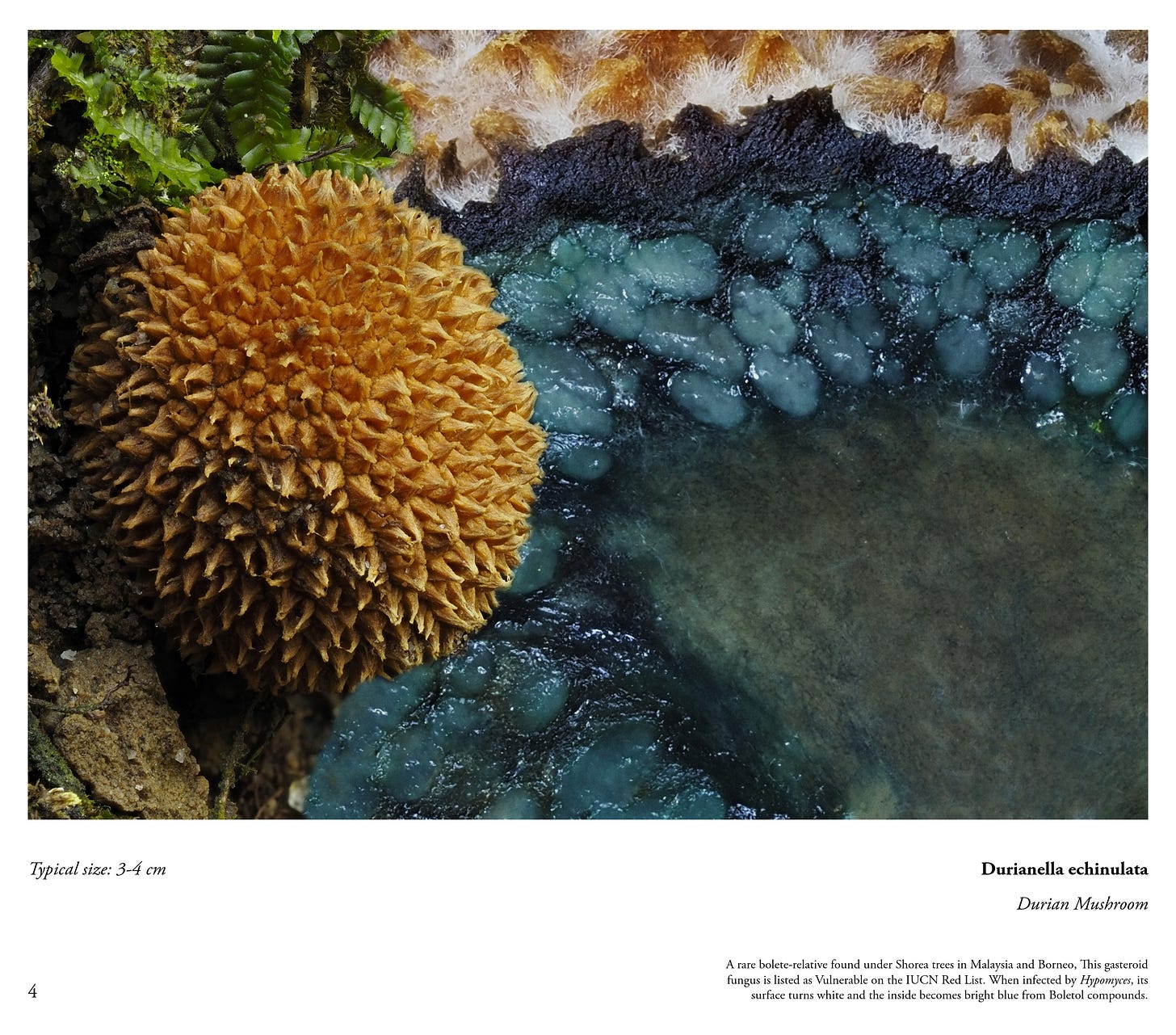
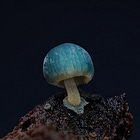
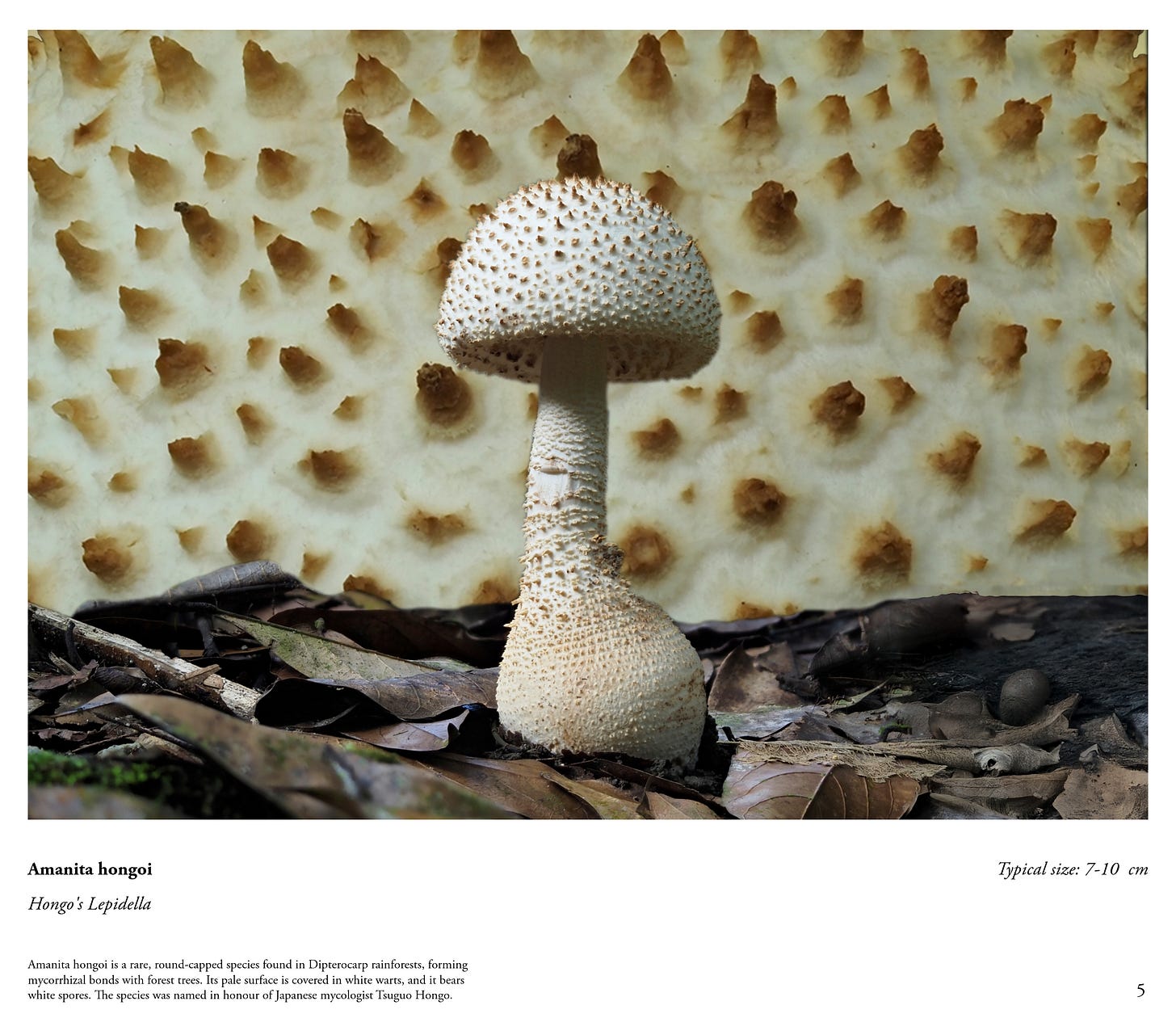
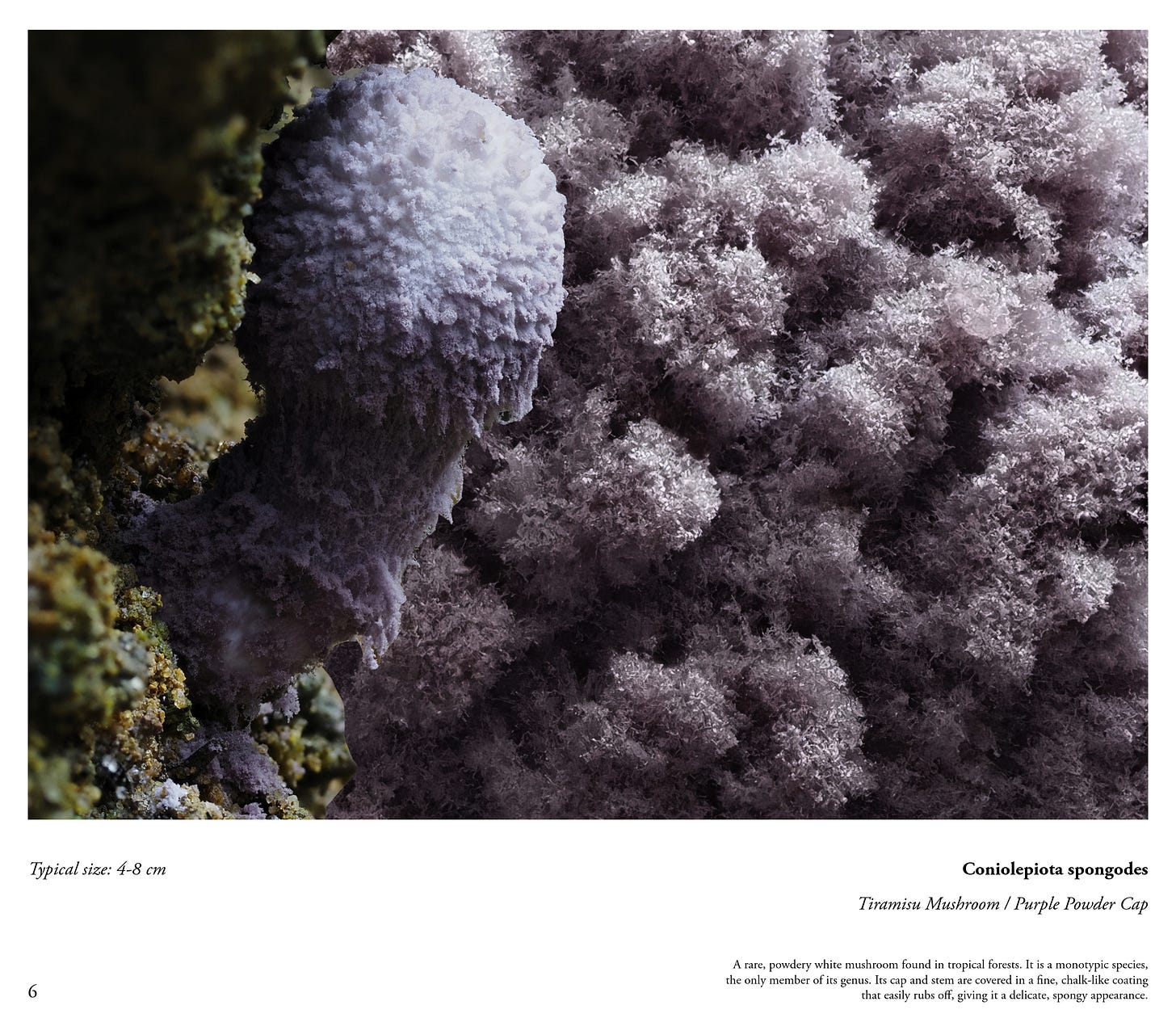
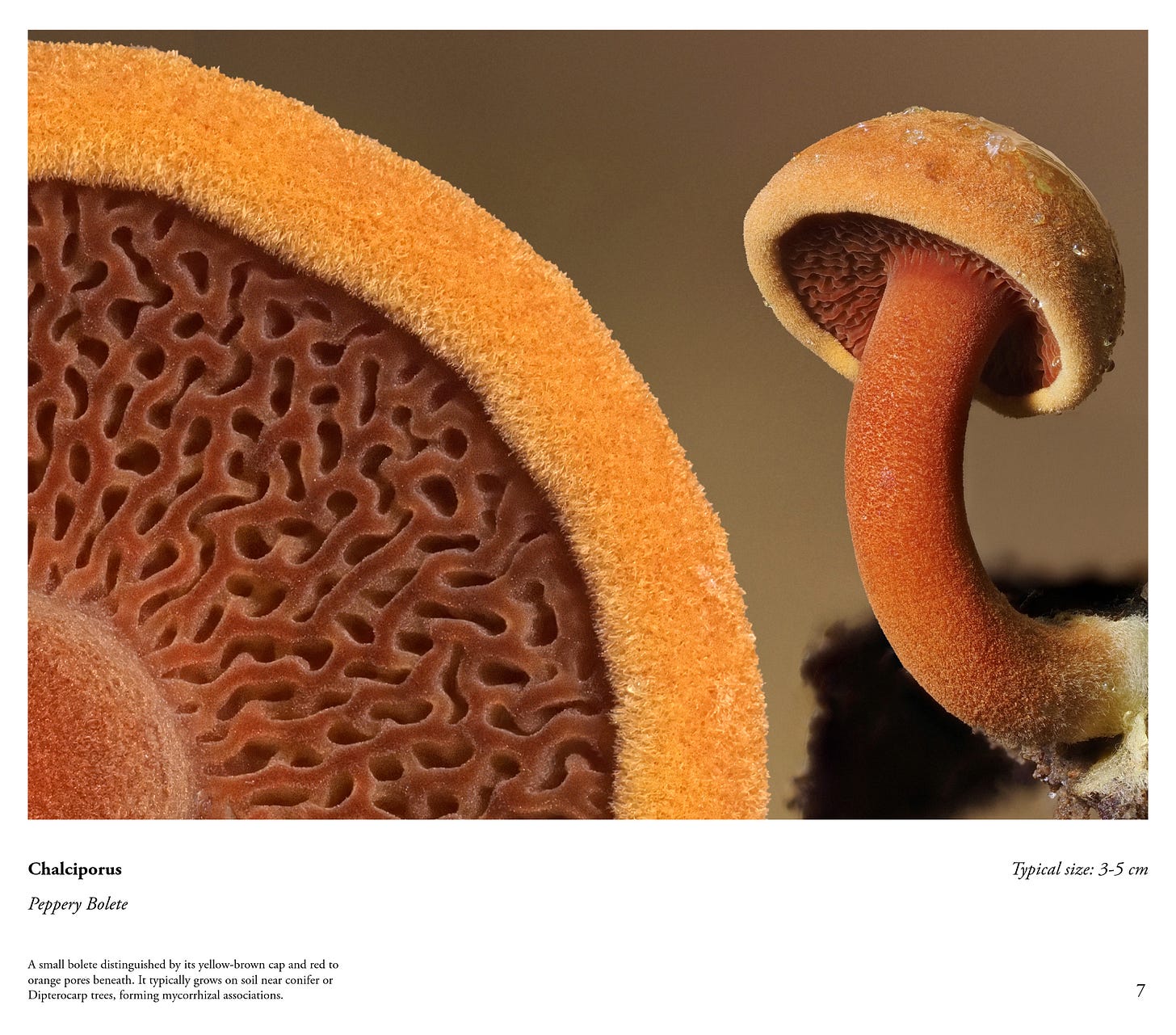
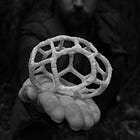
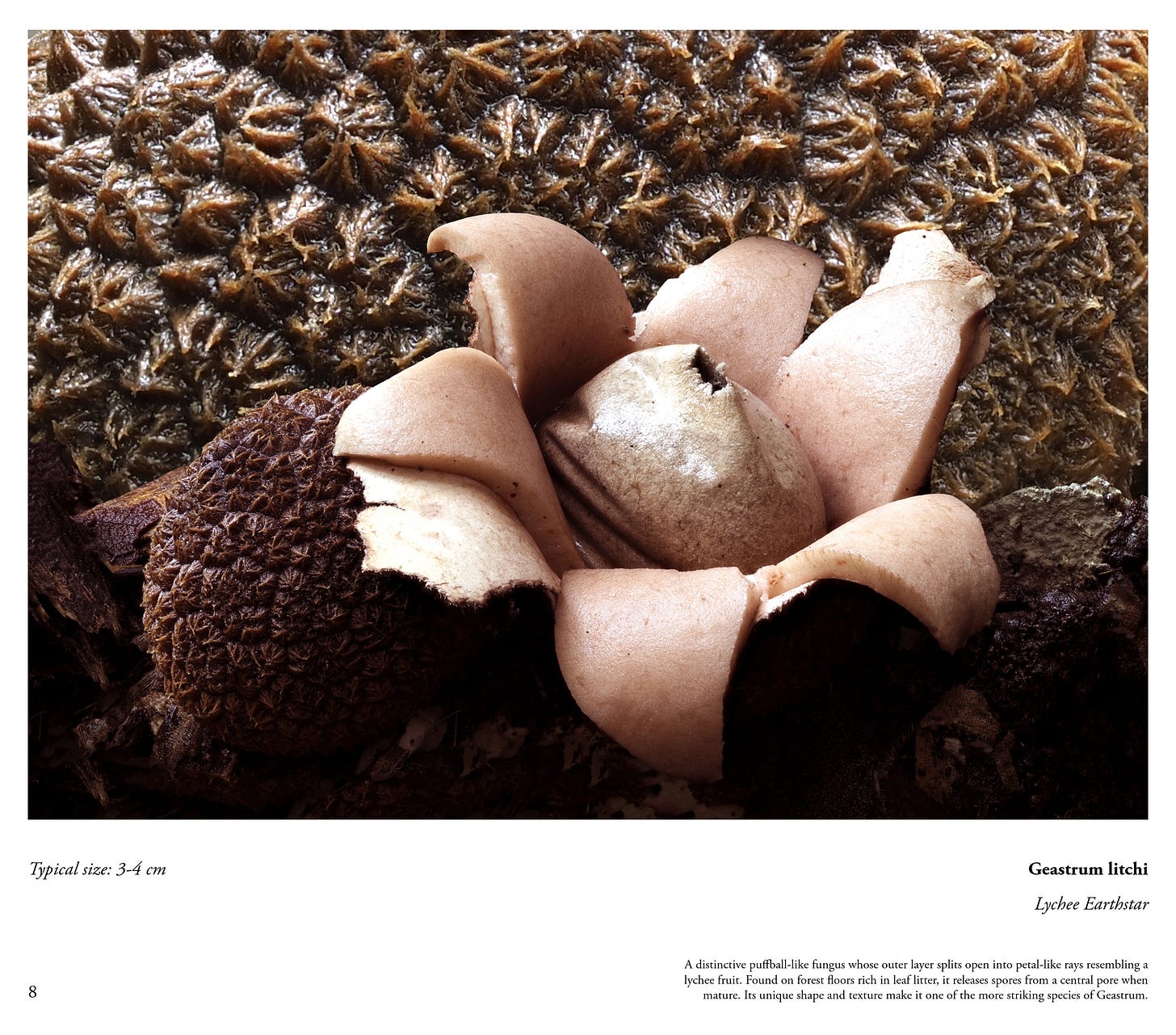
This is awesome!
I'd buy that book in an instant. Consider me shortlisted.